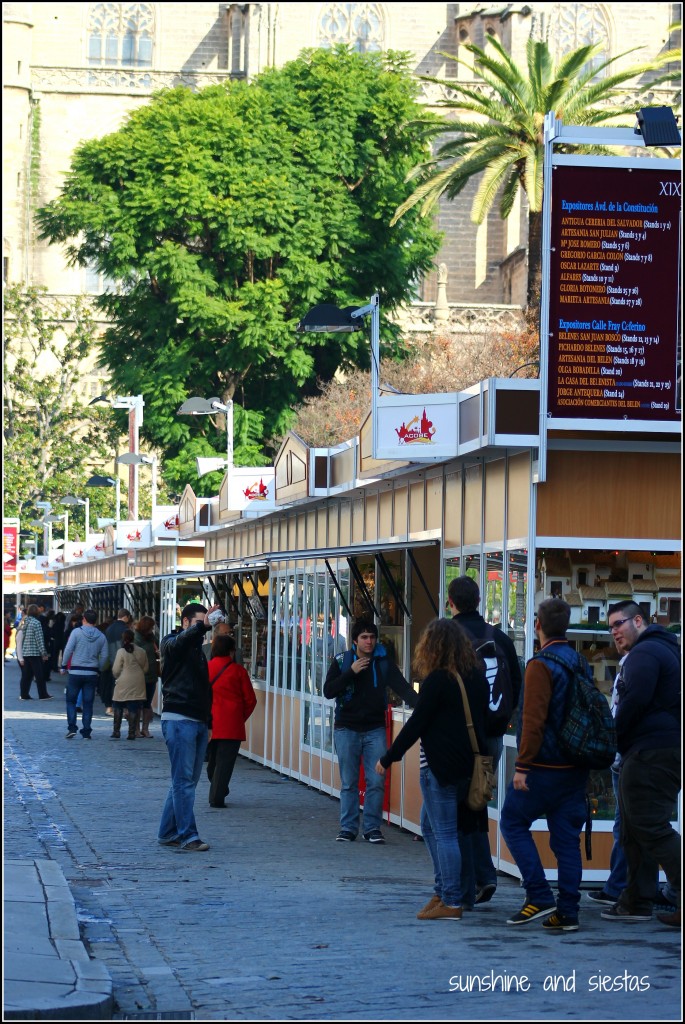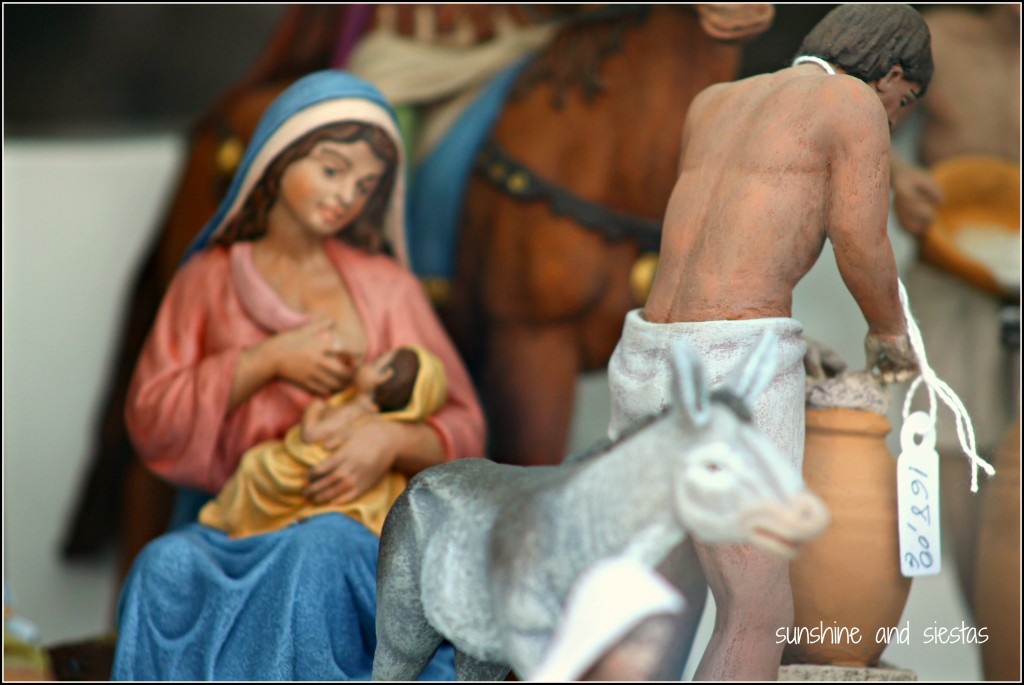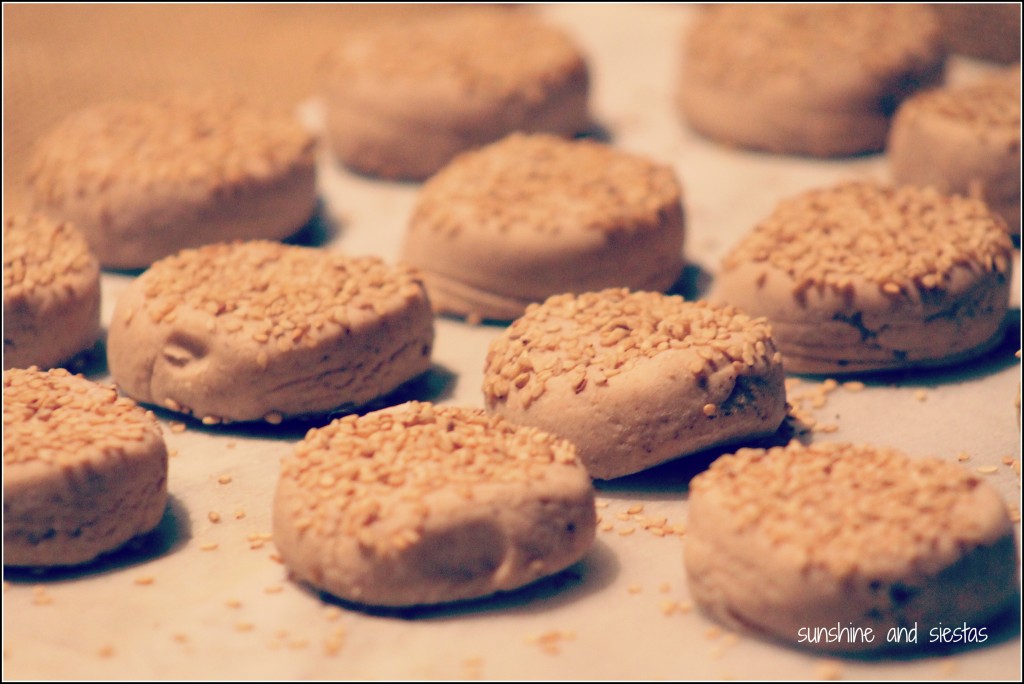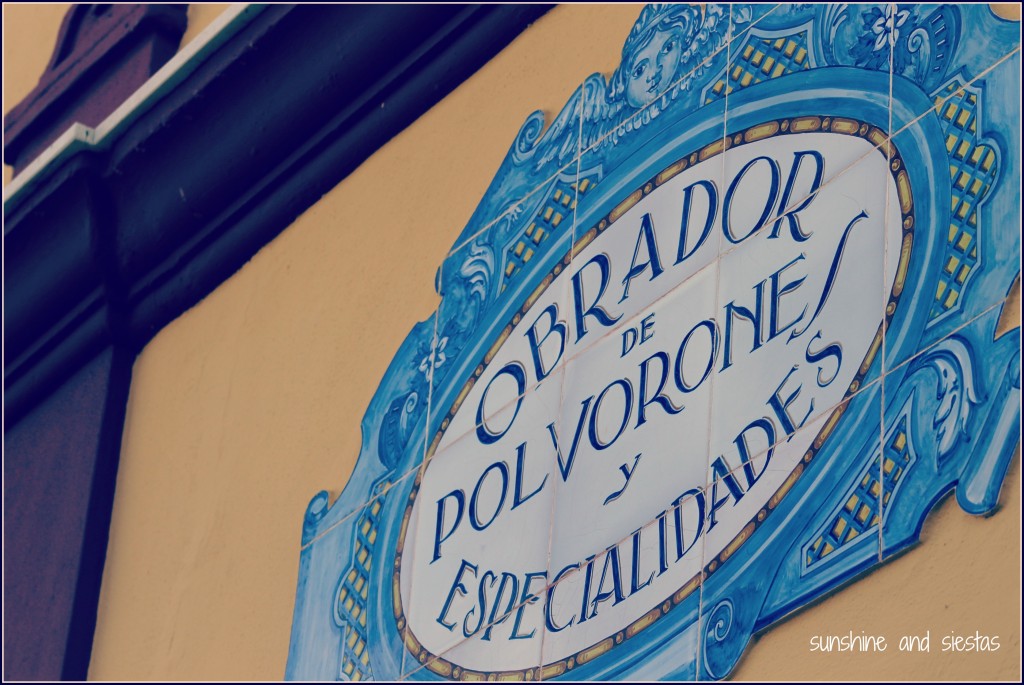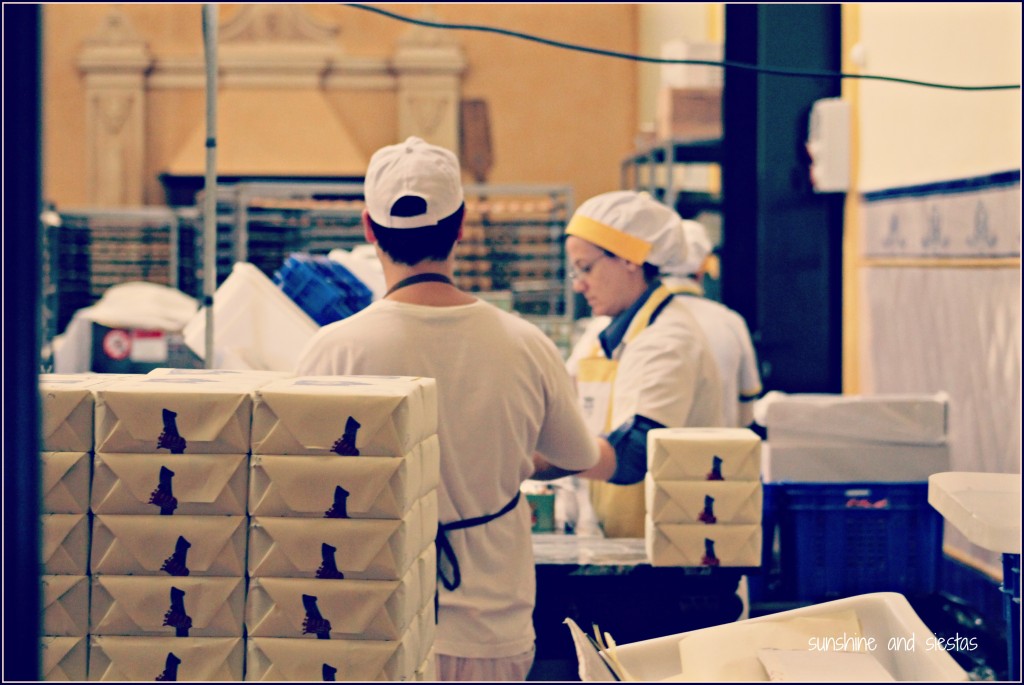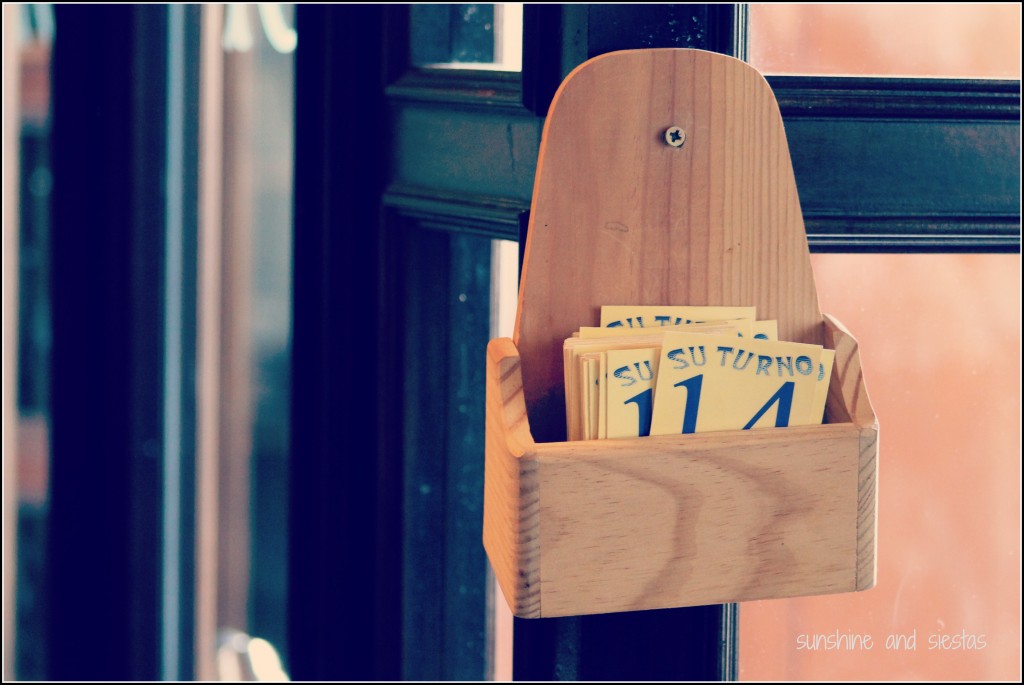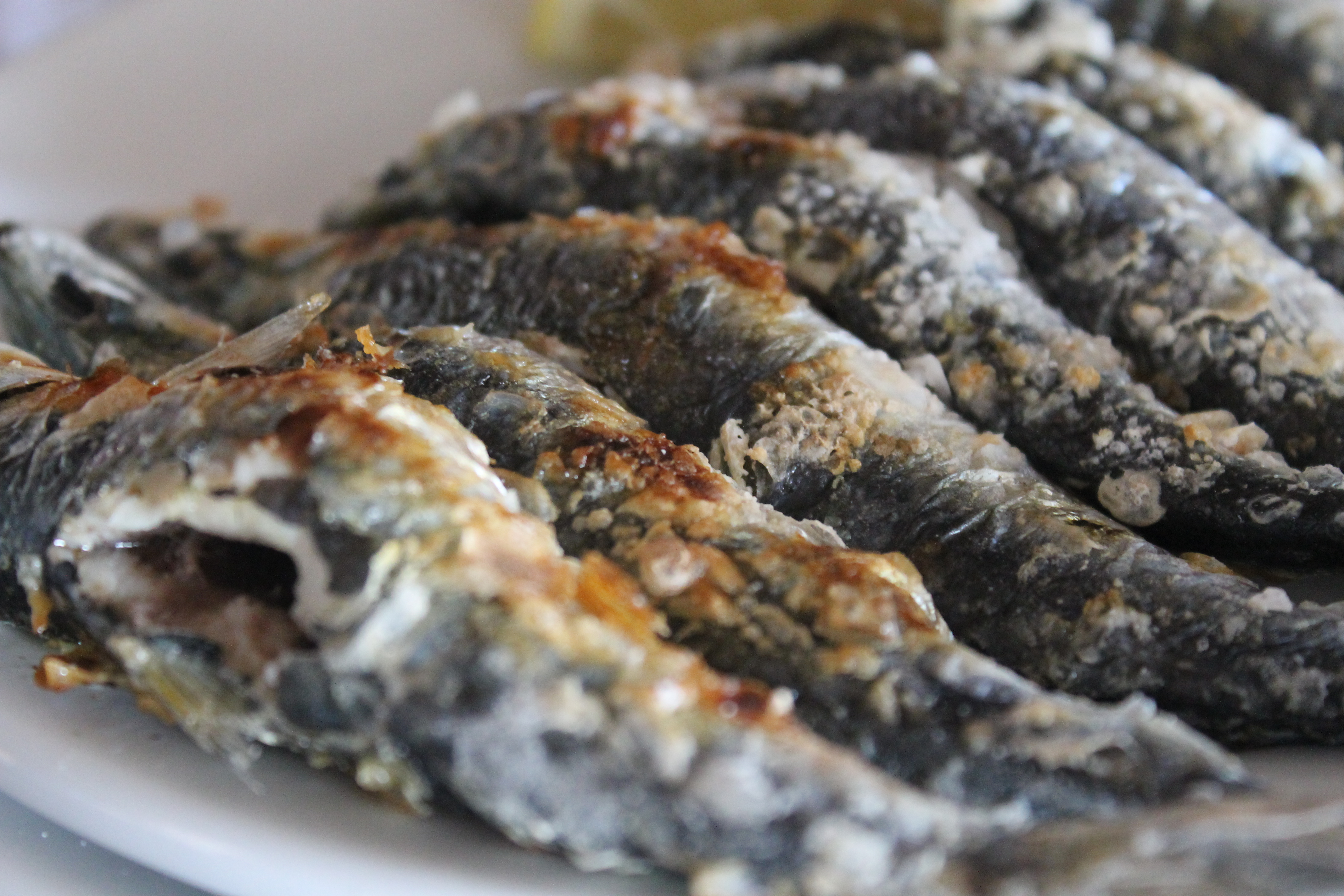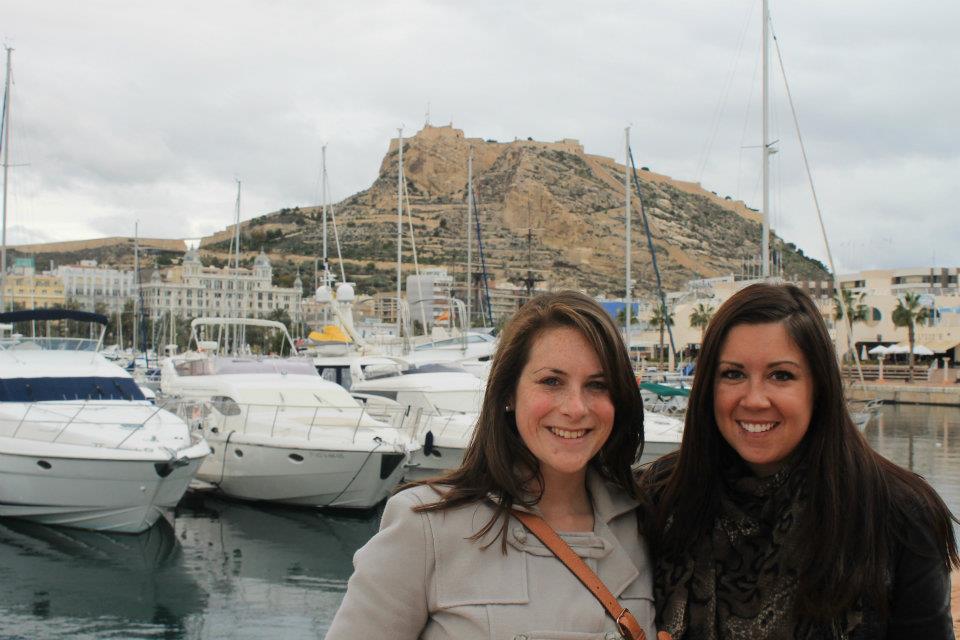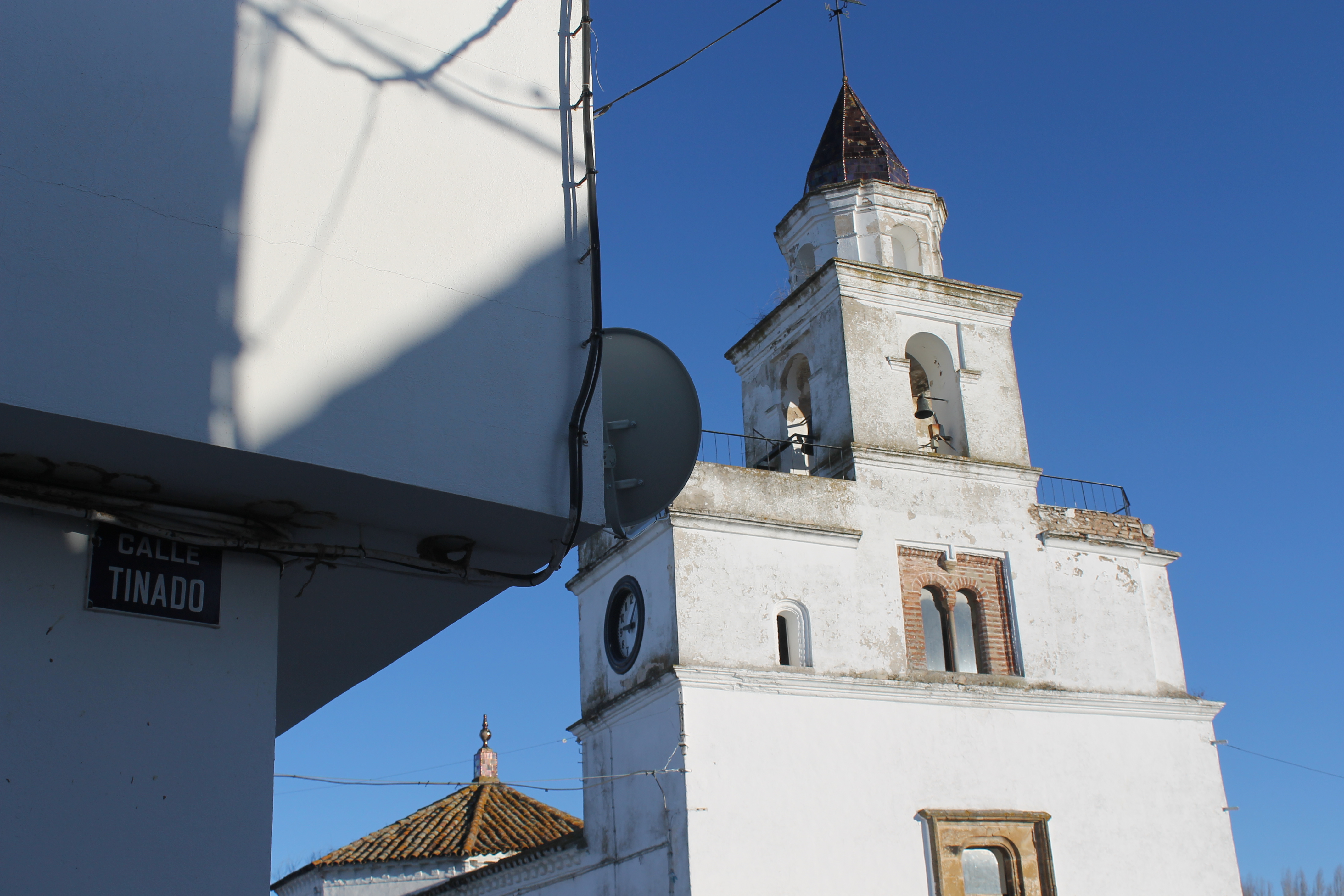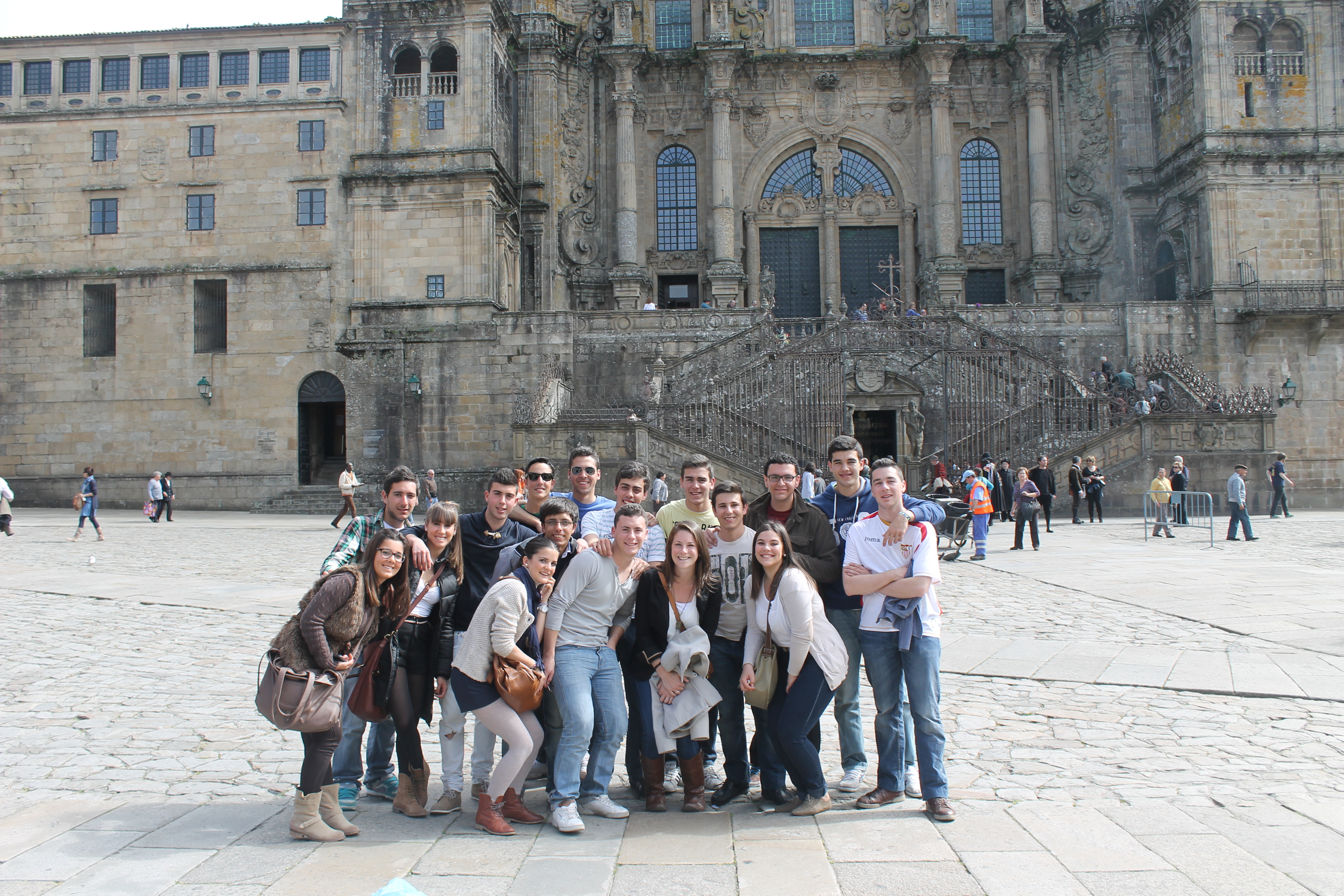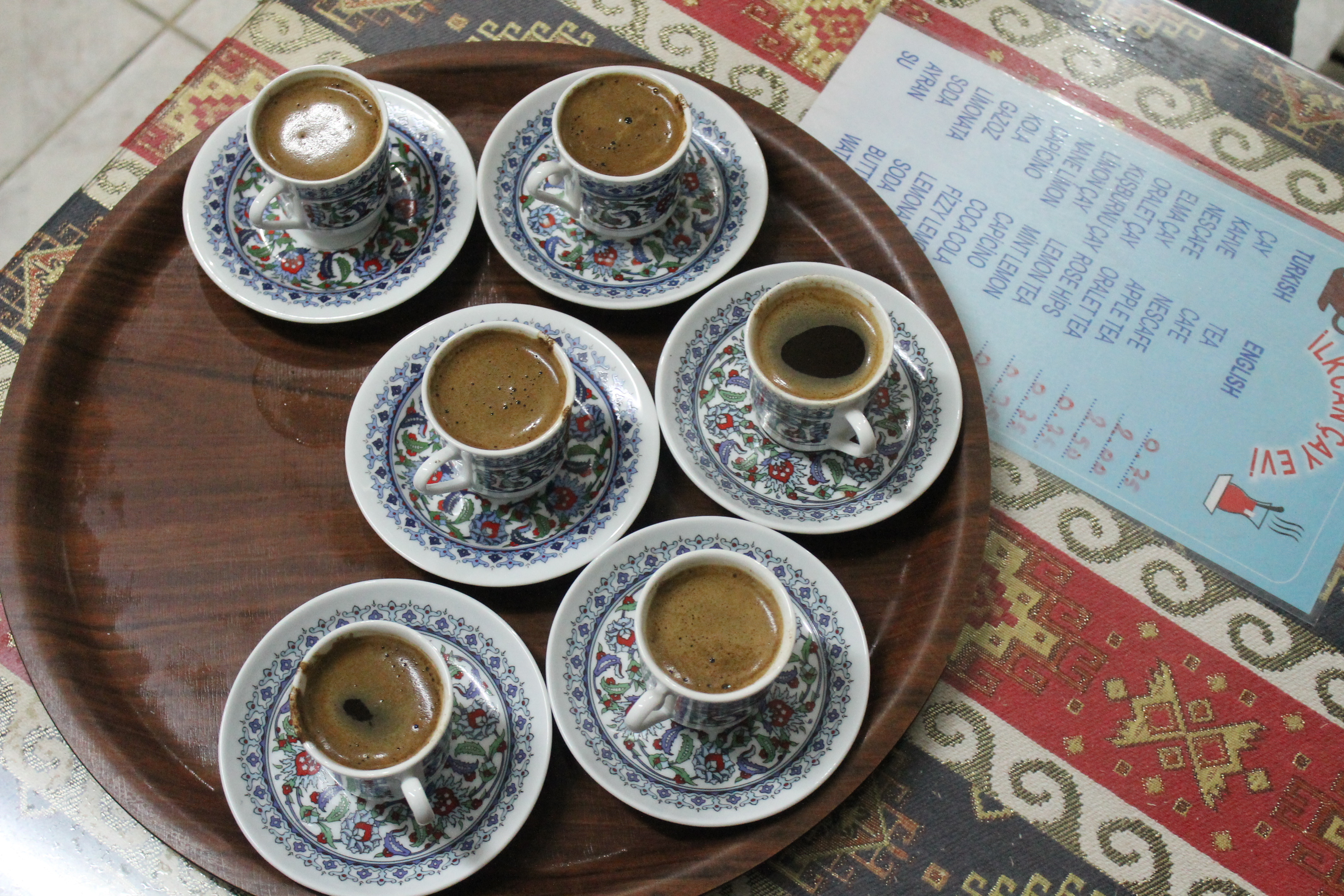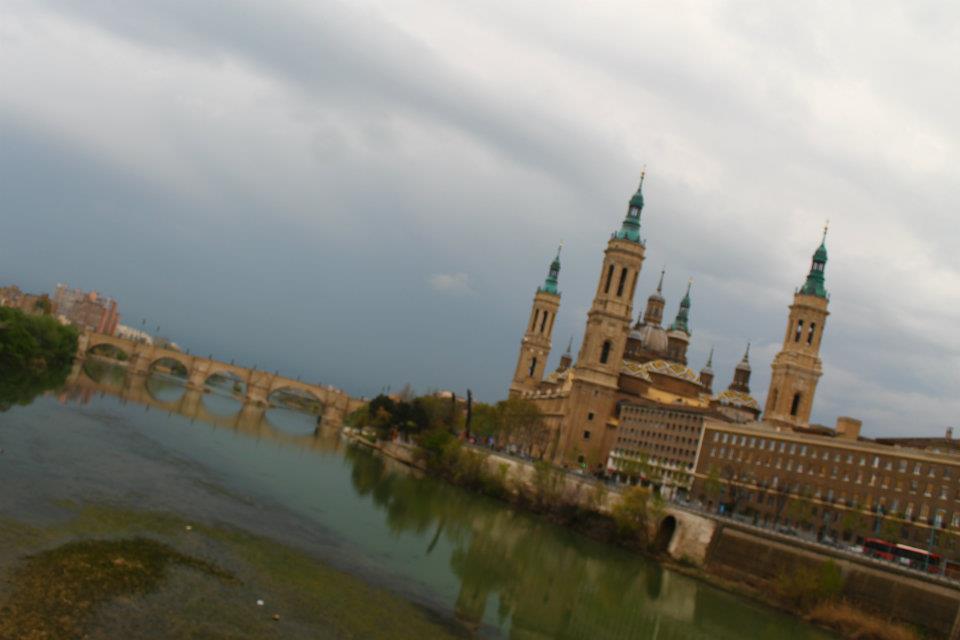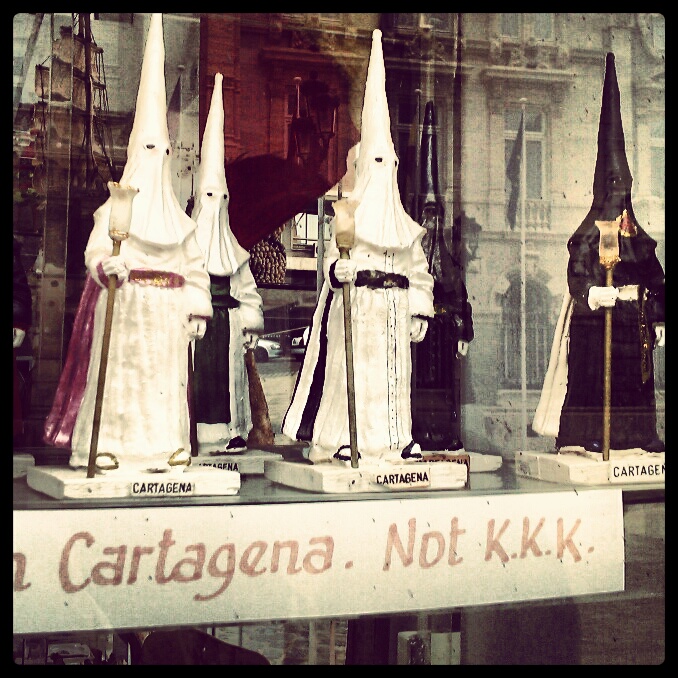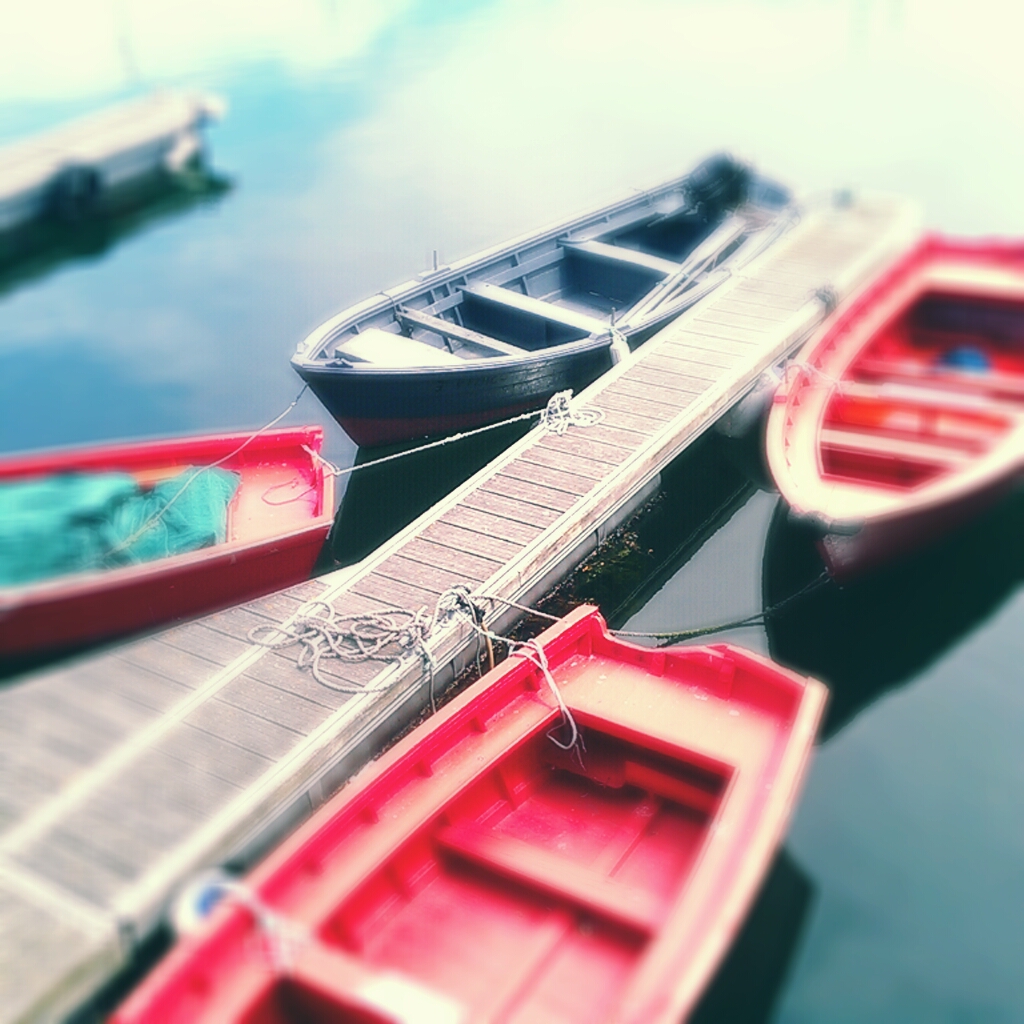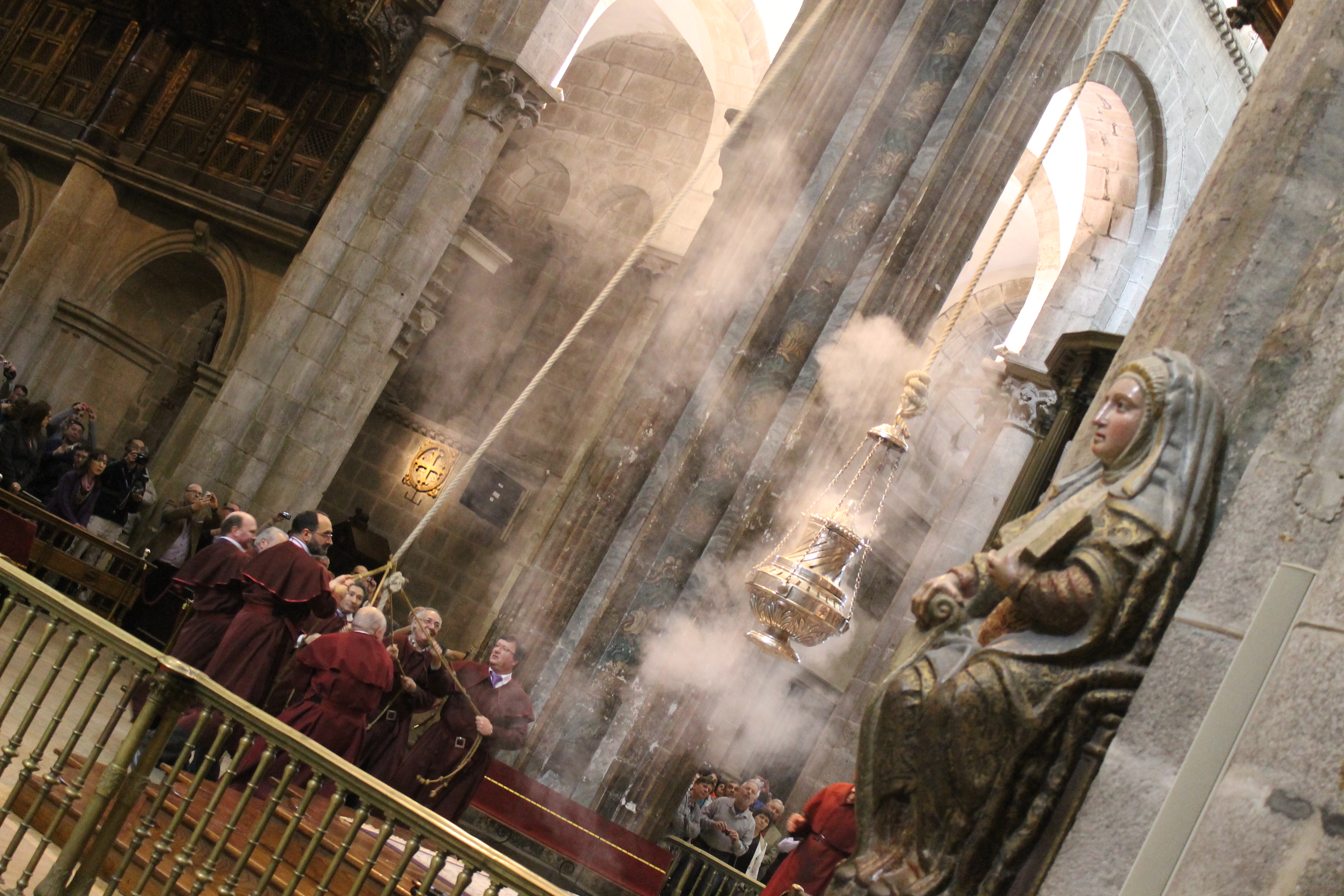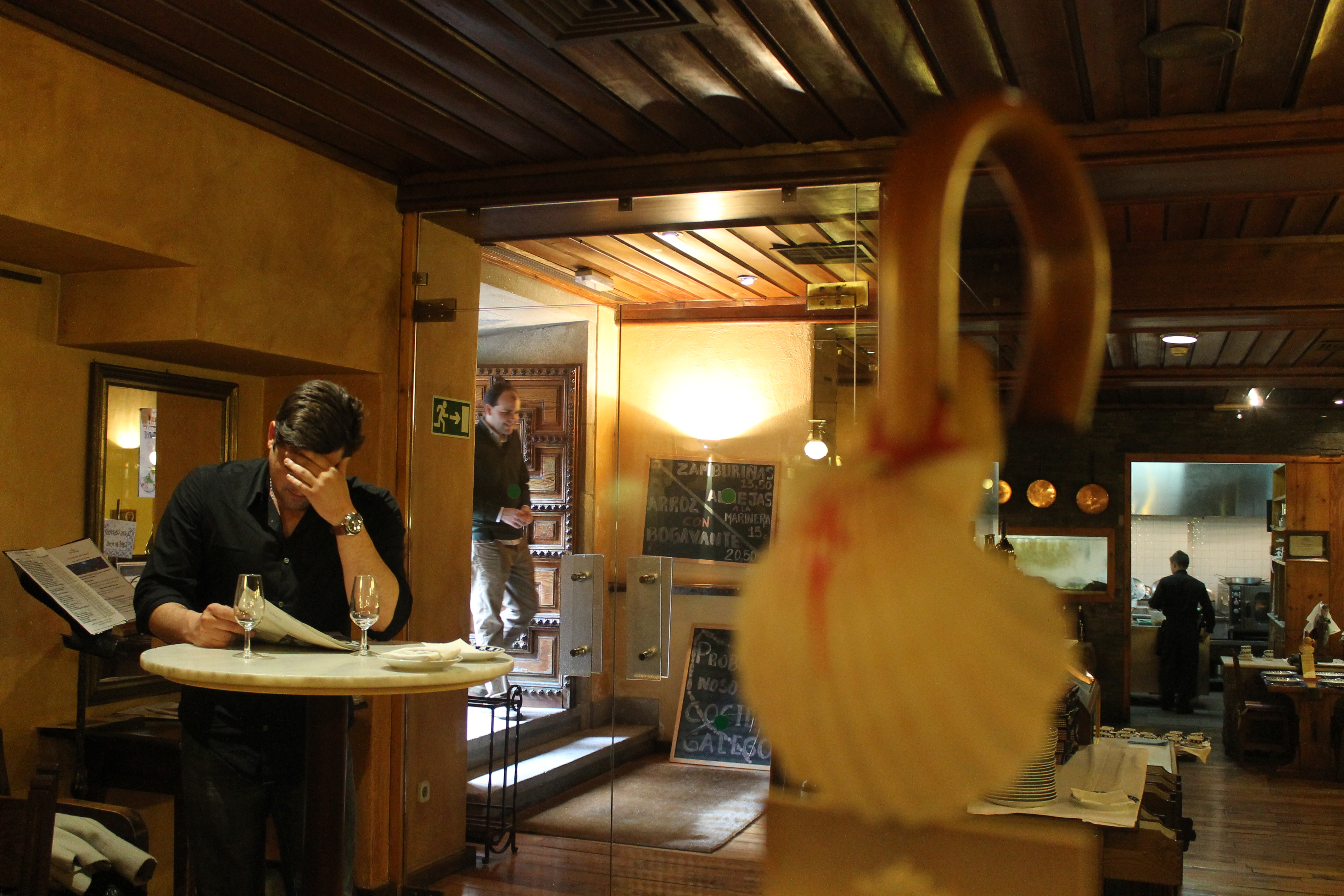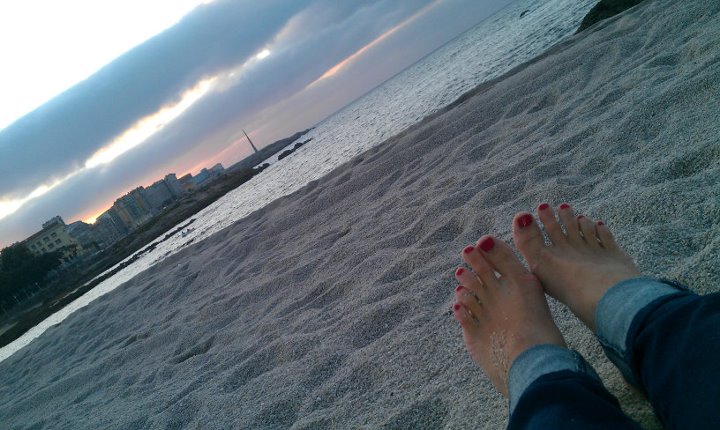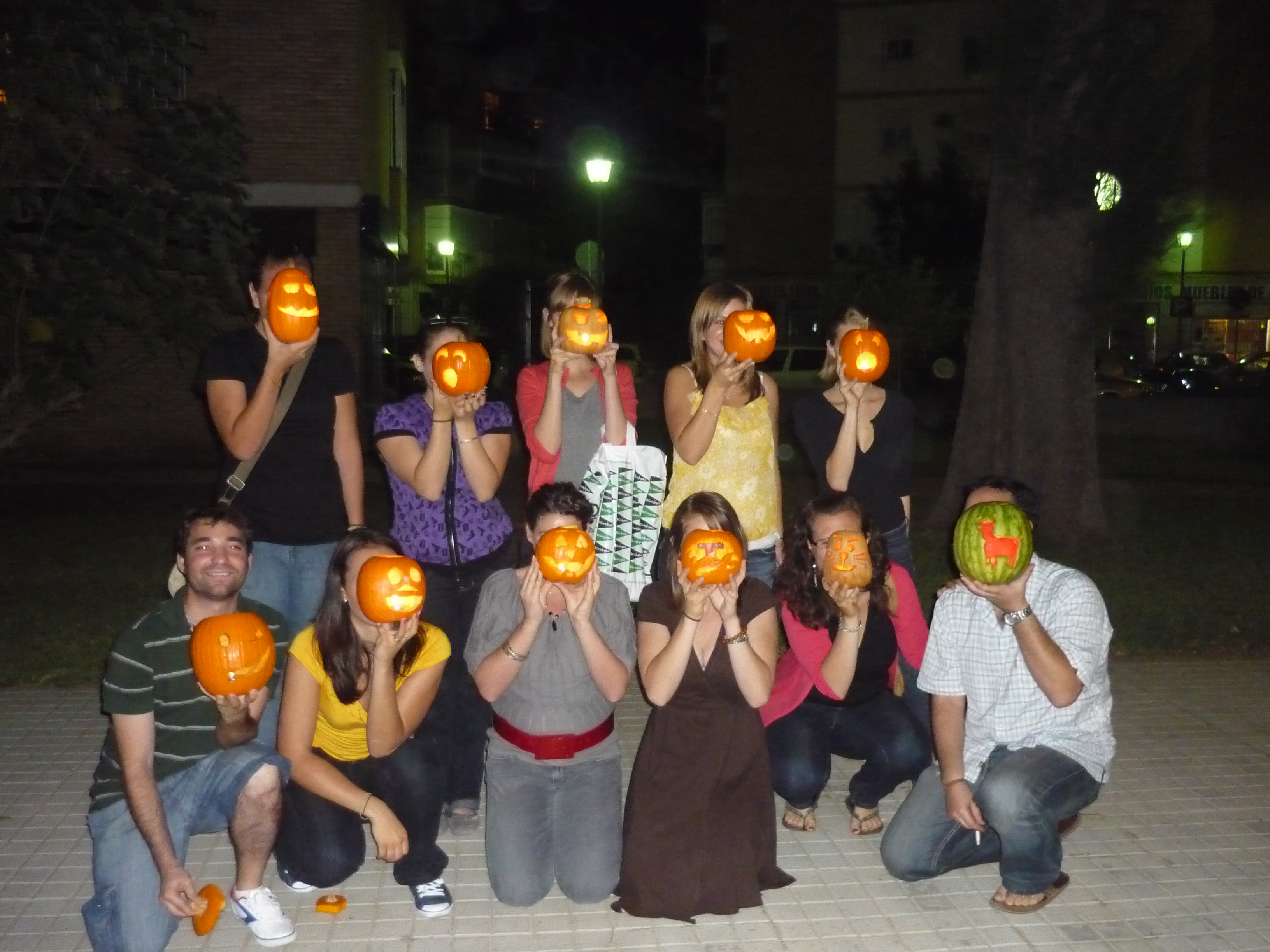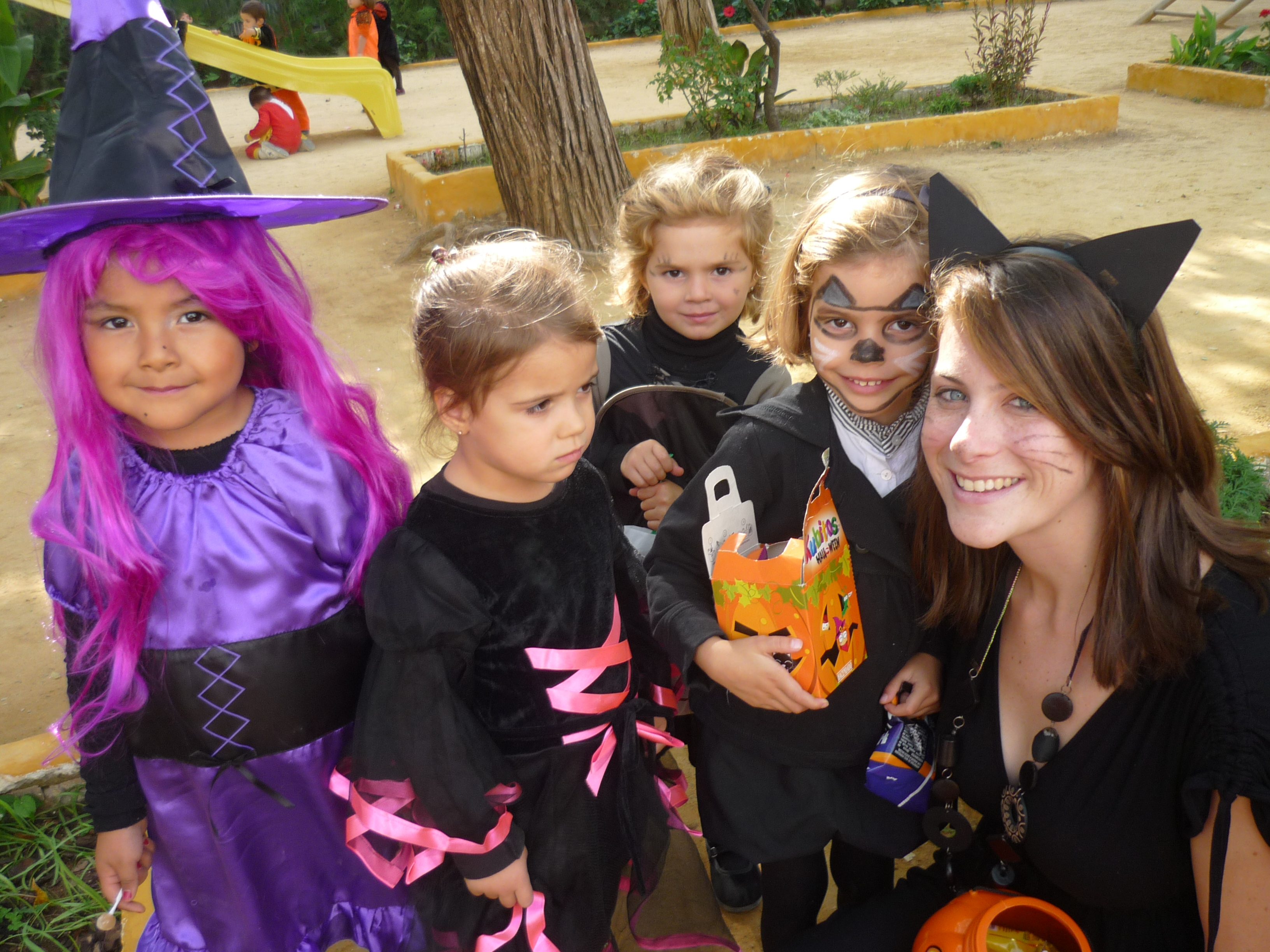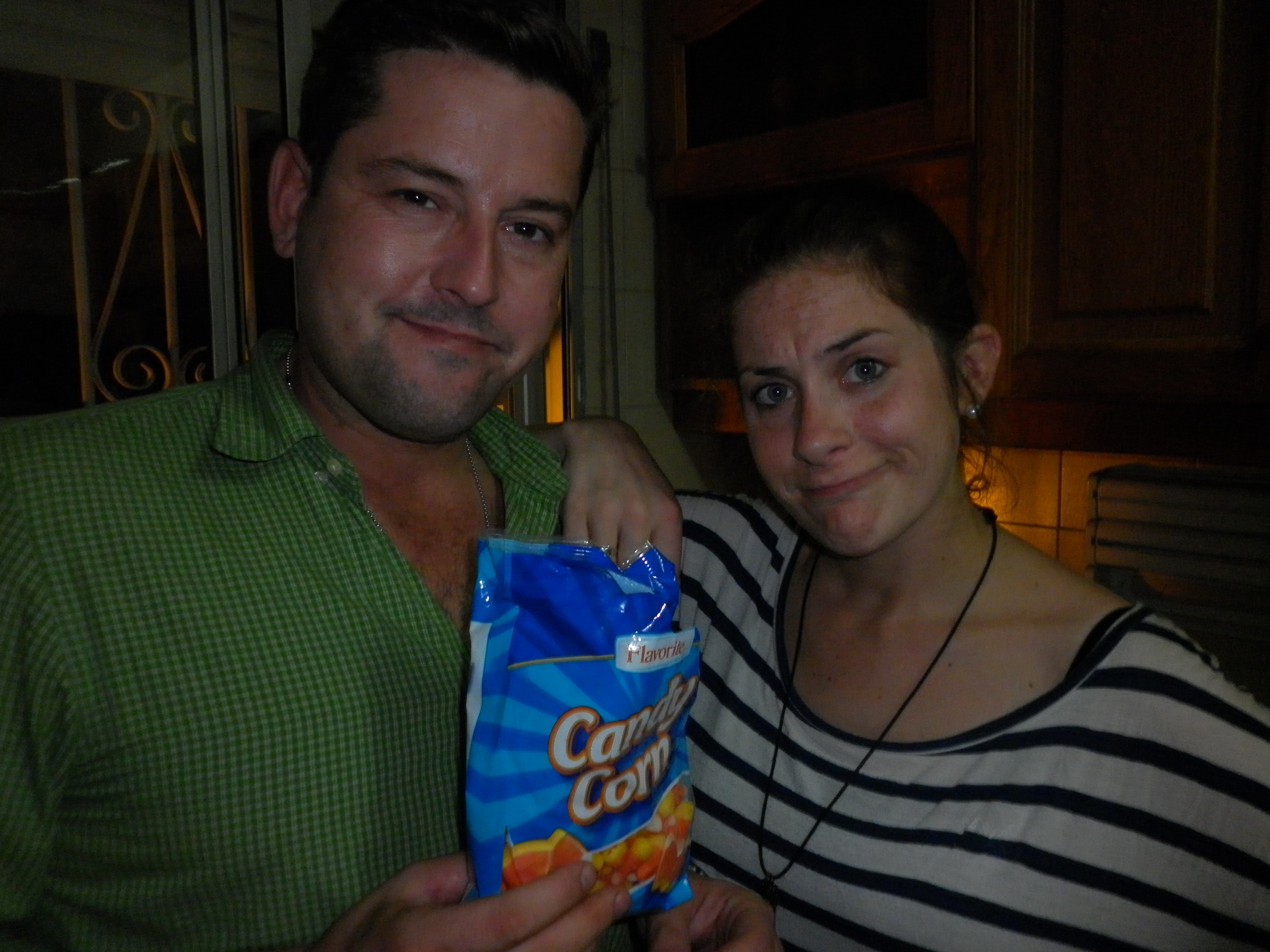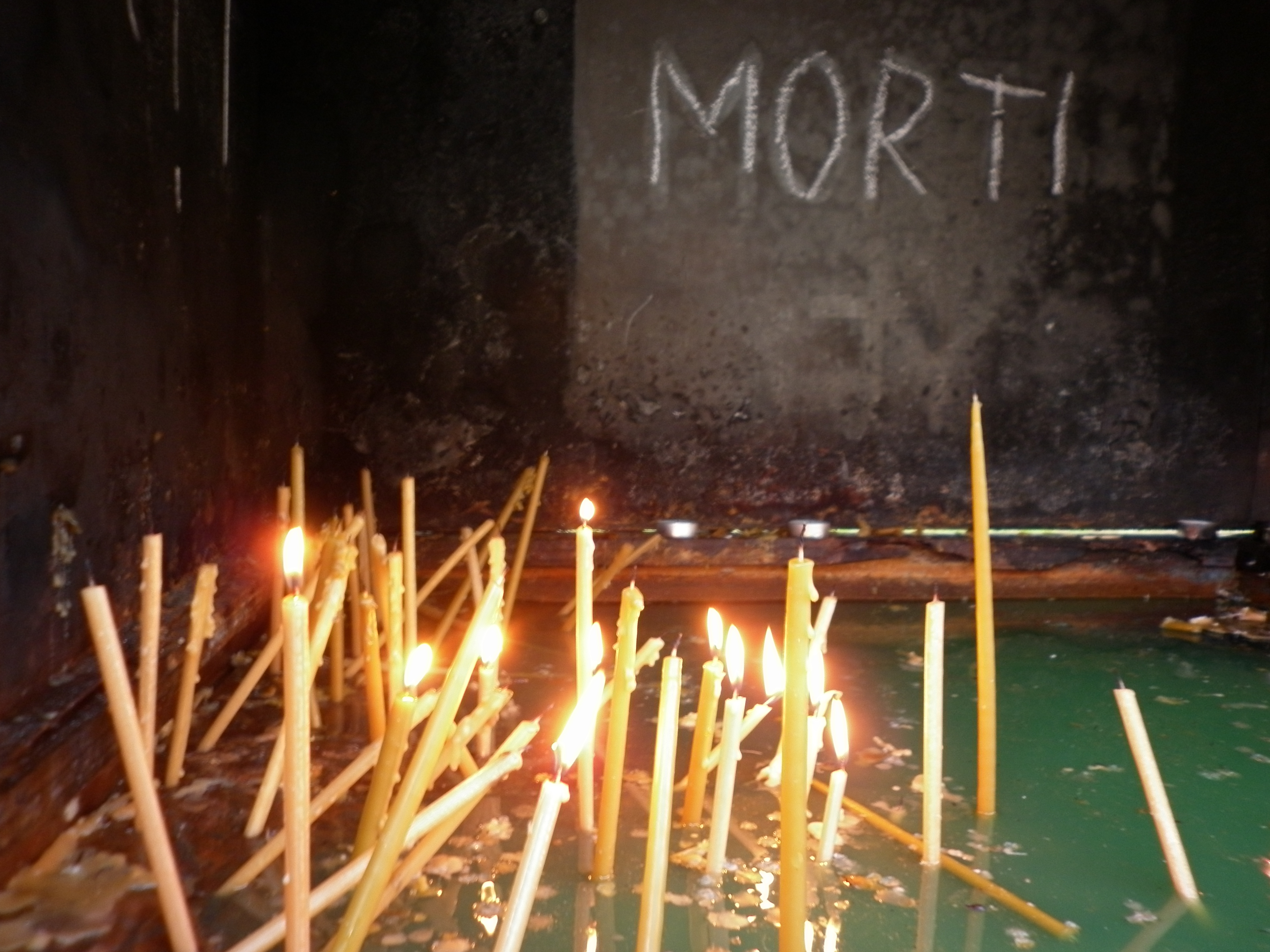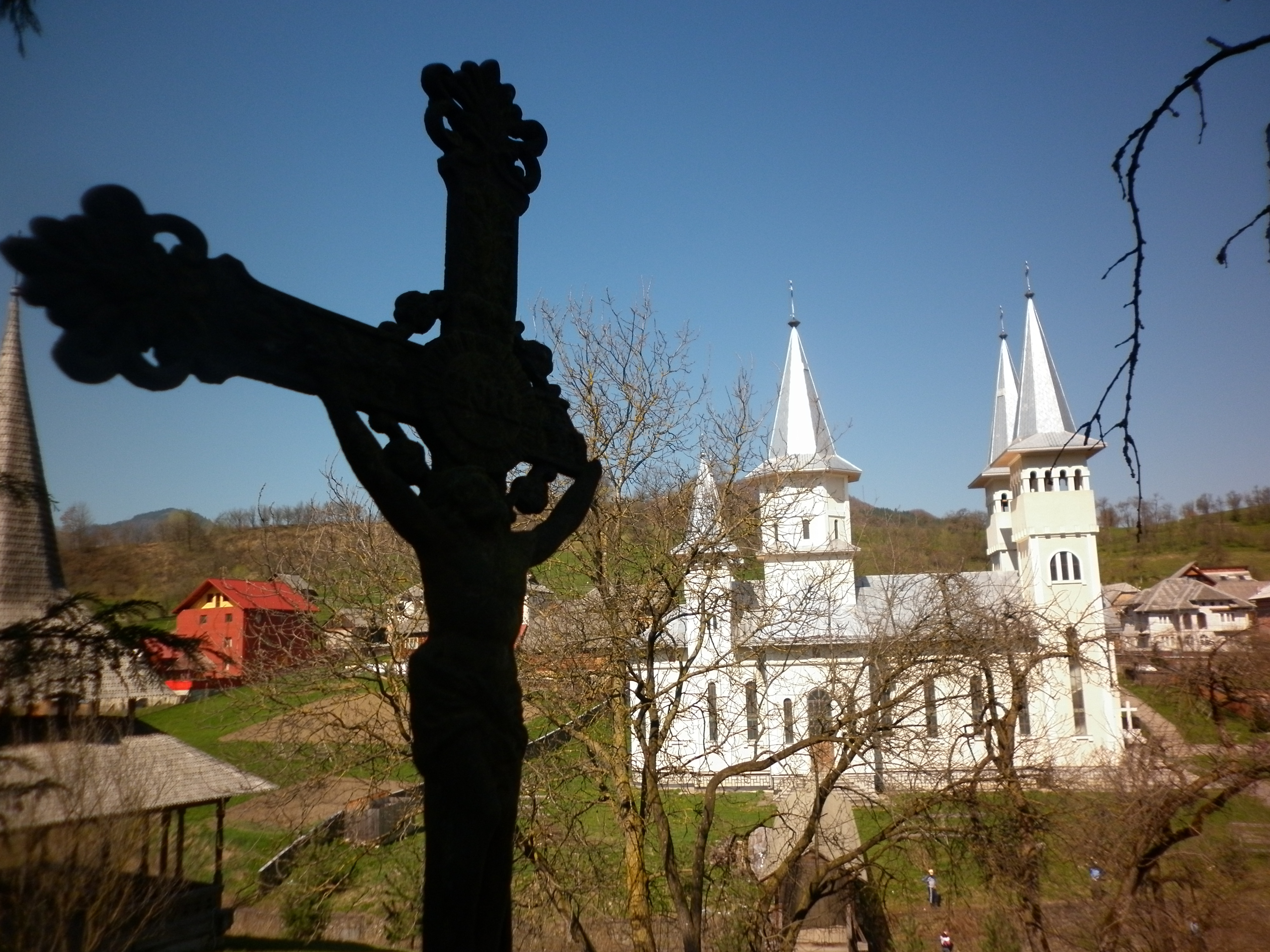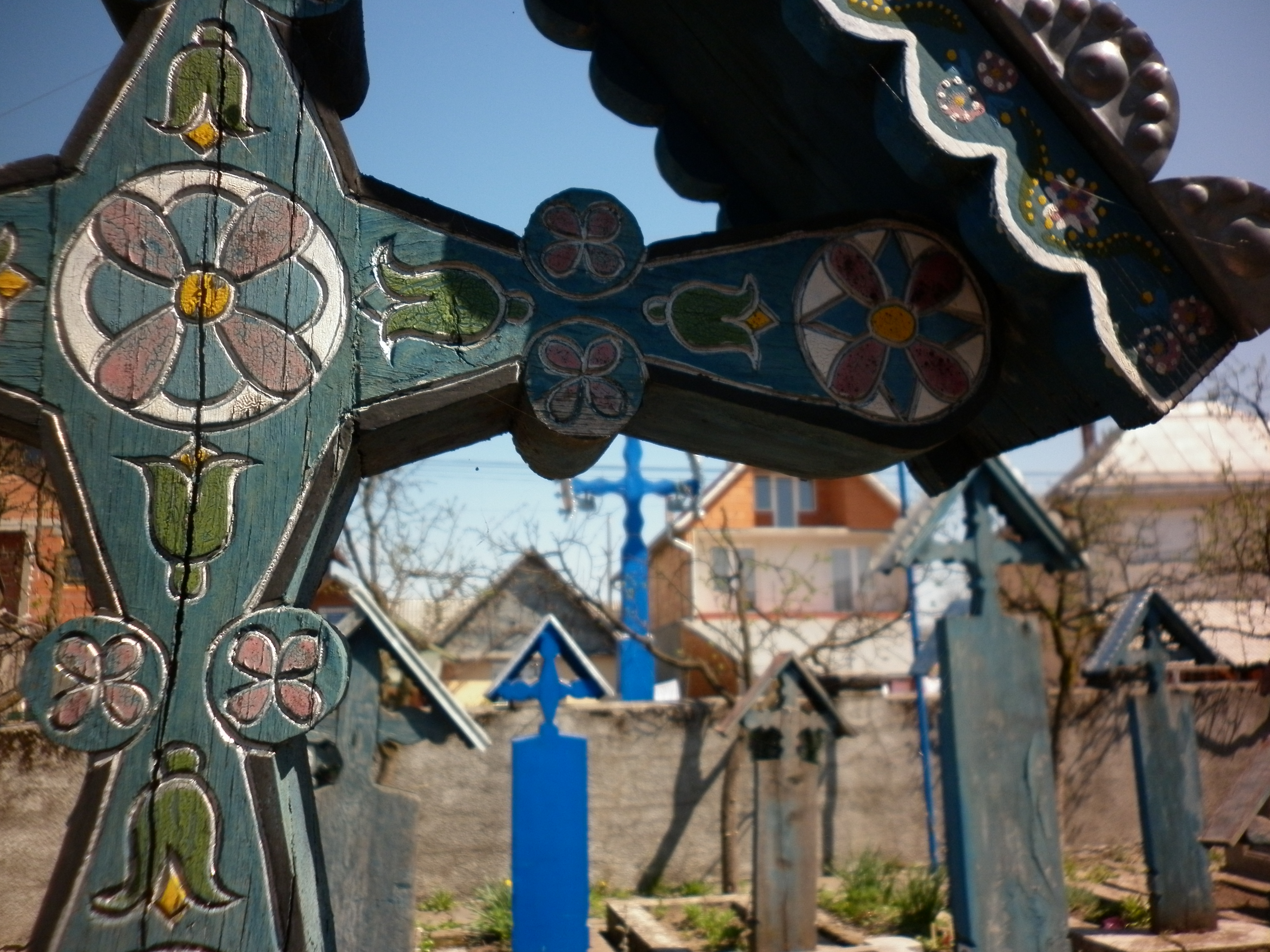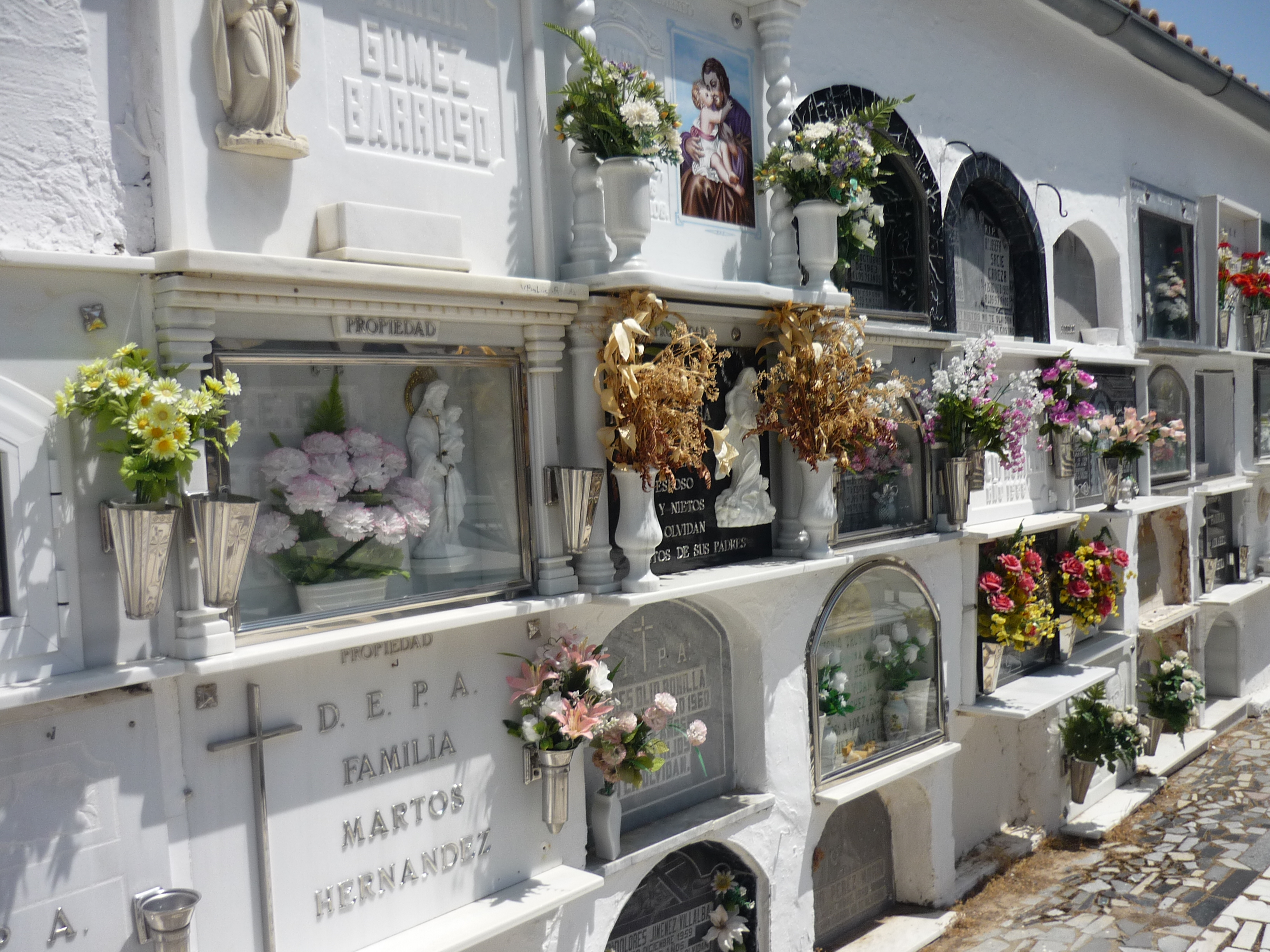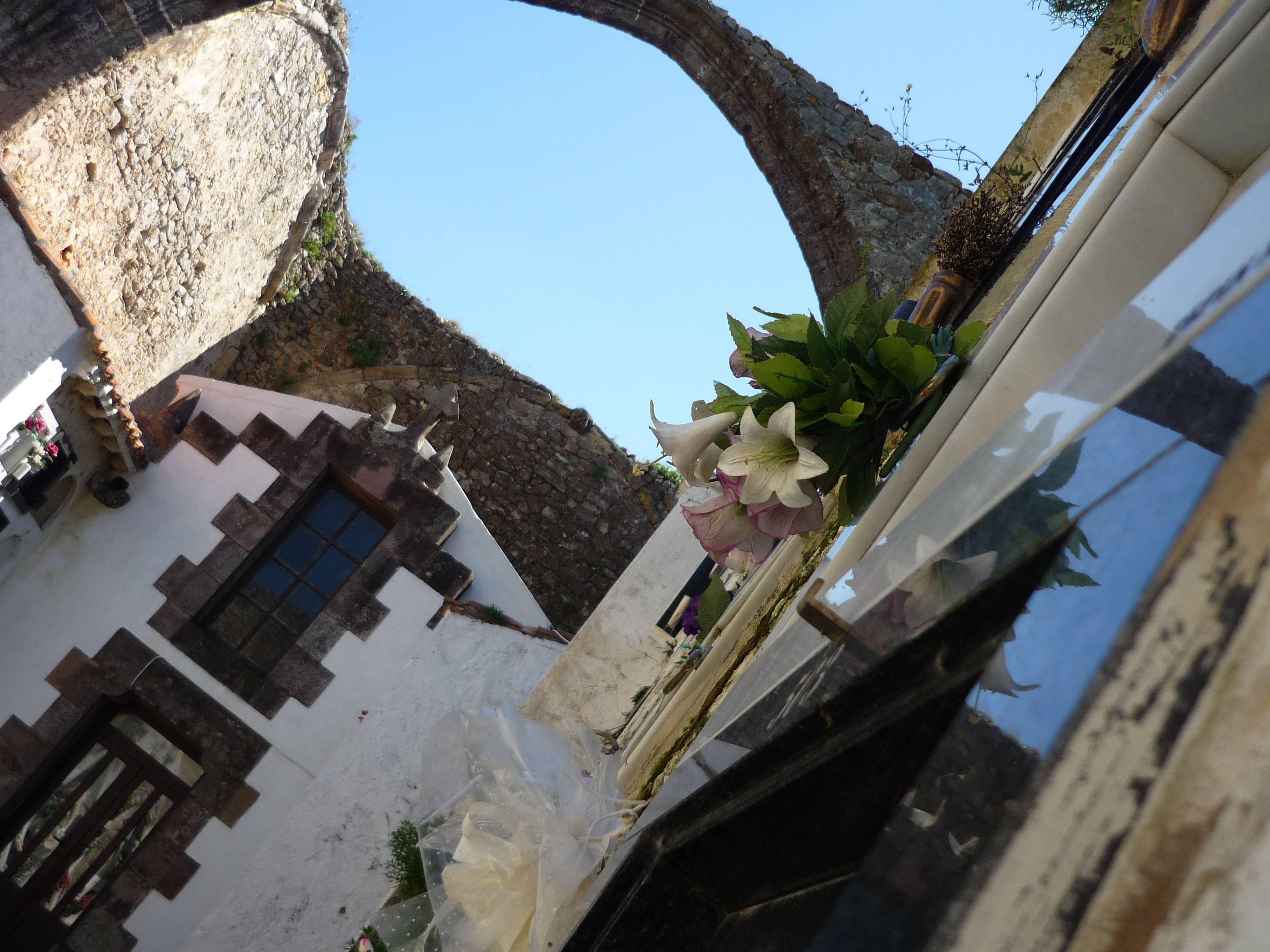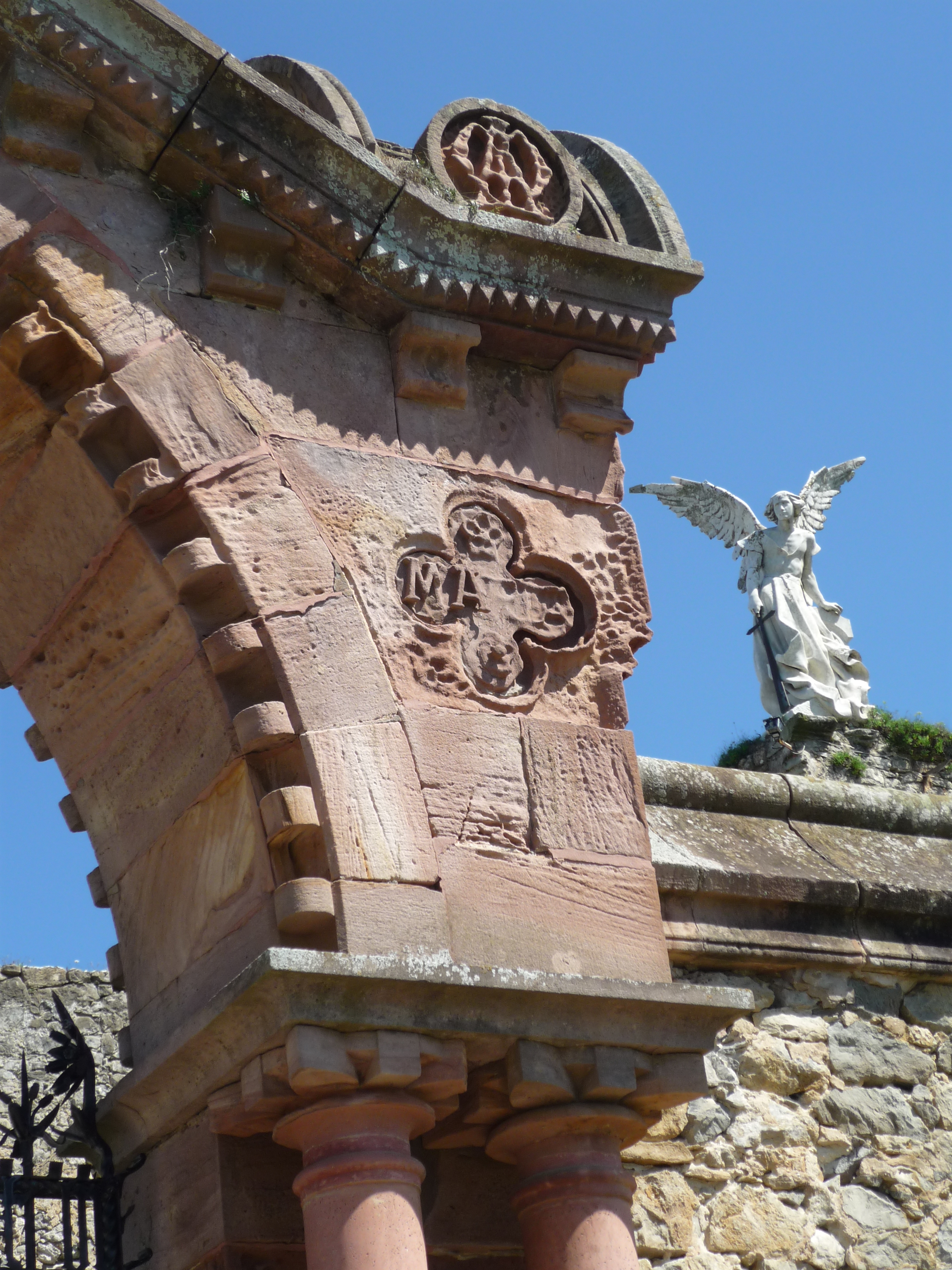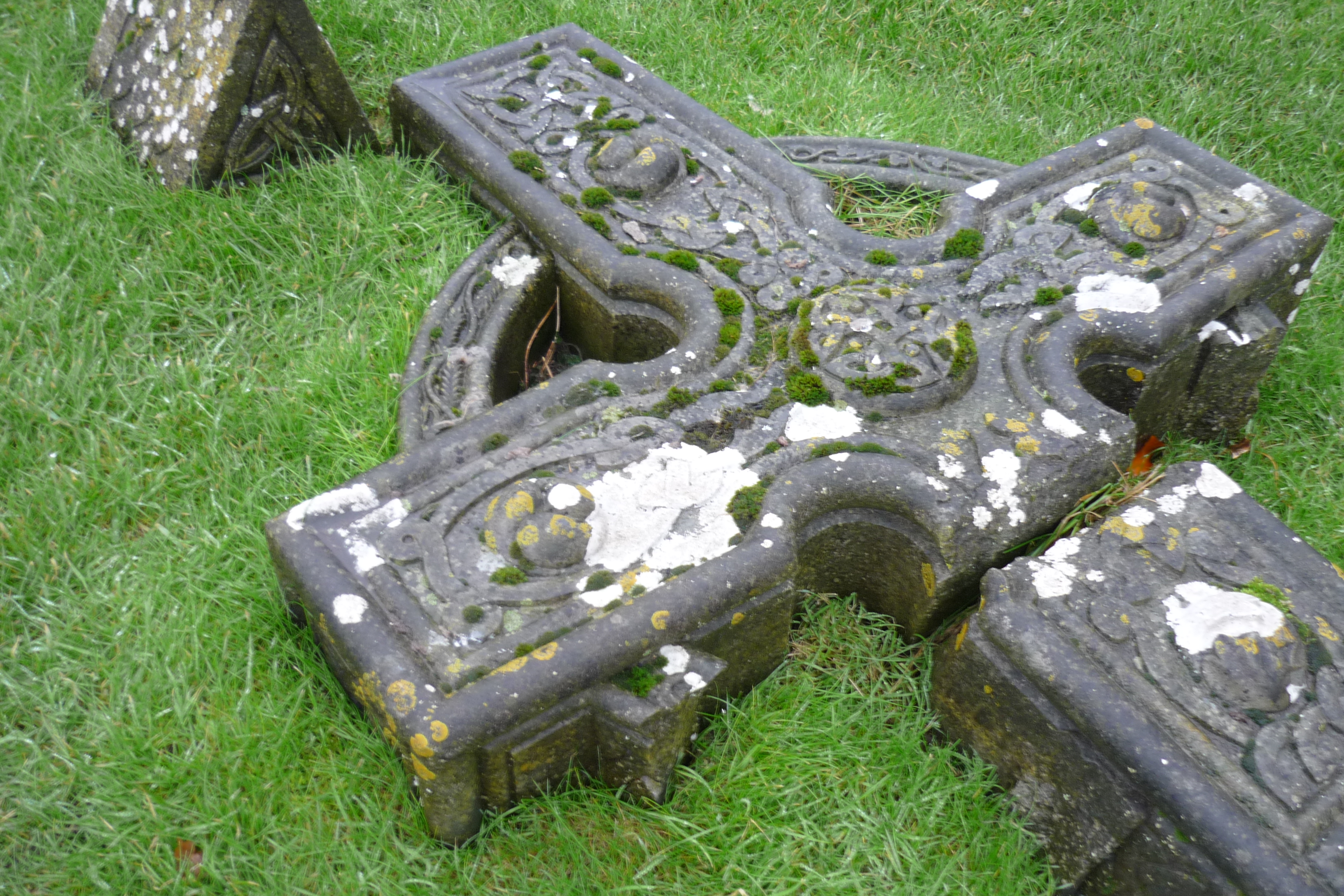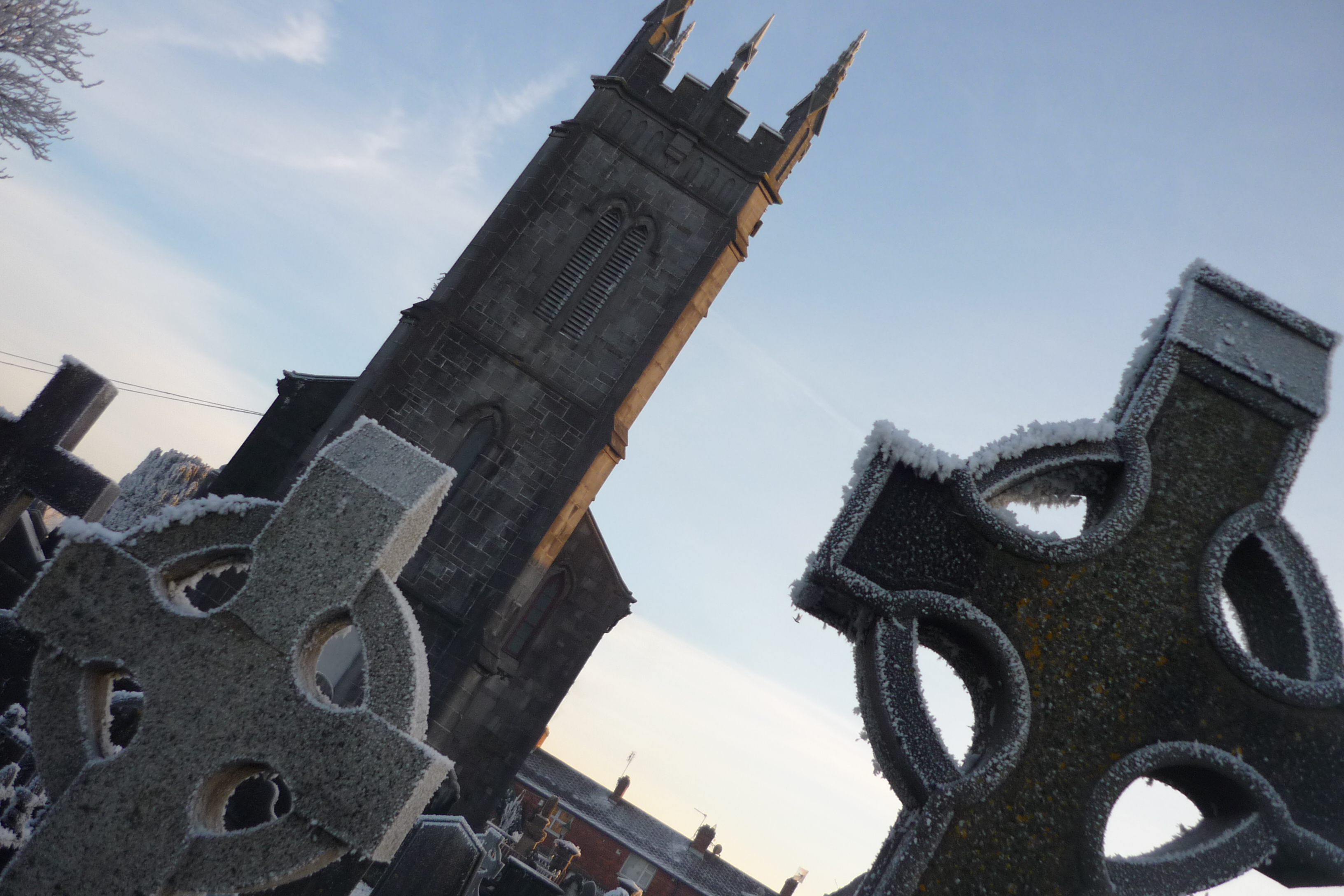One of my favorite Christmas traditions in Spain is the nativity scene, called a belén. It also happens to be my favorite Spanish name for a girl, though I wouldn’t name my daughter after the Little Town of Bethlehem.
Again, at the risk of sounding un-American, I don’t like Christmas, either.
But the belenes, a household nativity scene, fascinate me. Tiny villages are constructed out of figurines taking the form of primitive buildings, the Holy Family and even working mills, crops and animals. My own family has the same nativity scene under our tree that we’ve had every year – plastic Holy Family with two faceless sheep, an ox, a plastic angel that balances on a nail up top. I once told my mother I’d do the Spanish tradition of buying one new piece each year, much like I did with my American Girl Doll years back.
Seville holds an annual Feria del Belén, a month-long set-up of small, artisan stands that sell all of these tiny cattle, baskets and shepherds.
Over the years, I’ve marveled at the small effigies and menagerie of barnyard animals, but my long-distance lens caught something quite by accident just last week: the Virgen Mary nursing.
